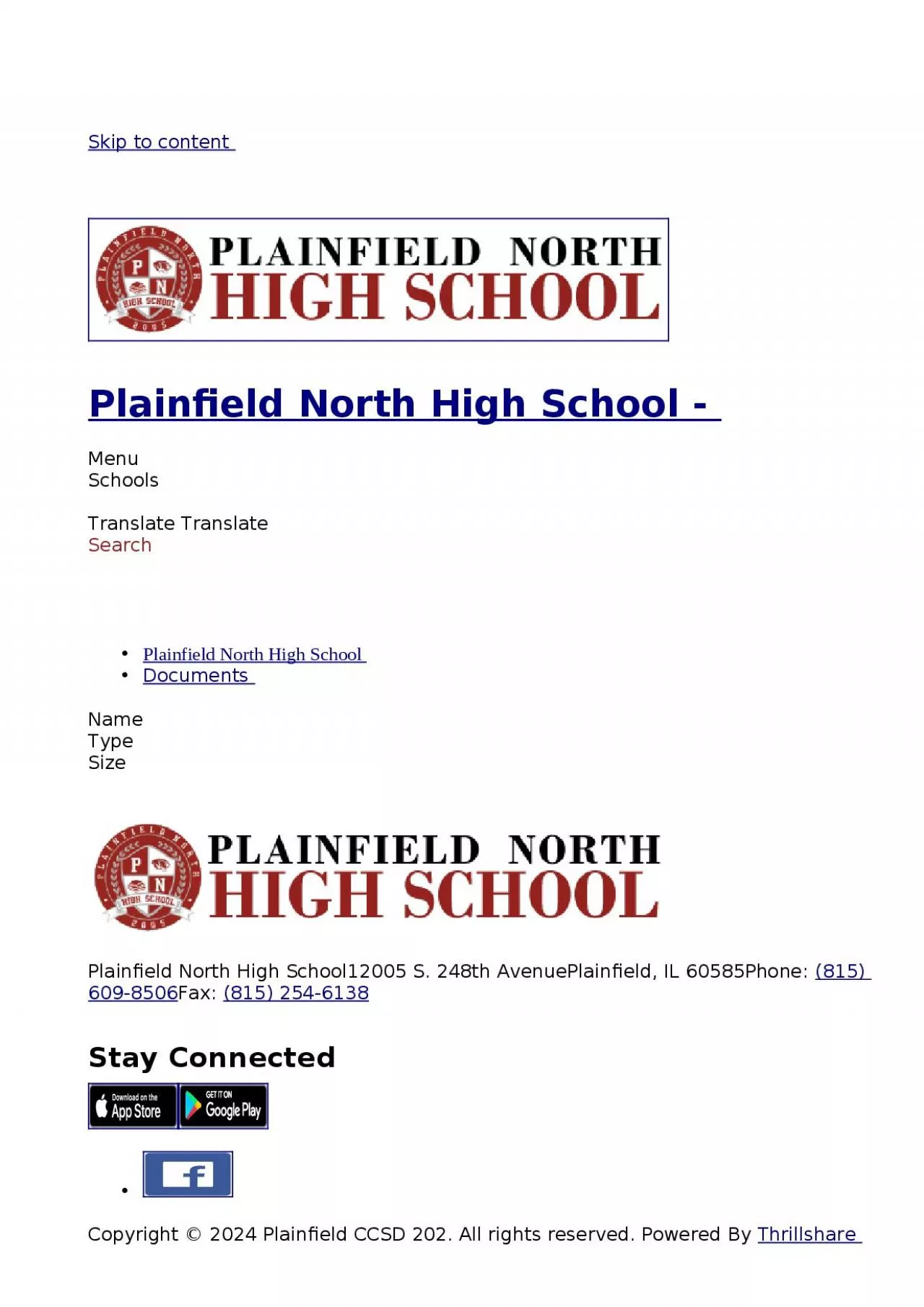

Graph Time Regular Monopoly Natural Monopoly Welfare Effects of Monopoly Under a perfect competition the market price is the sales price leading to an efficient outcome both productively and allocatively ID: 1028091
Download Presentation The PPT/PDF document "Monopoly and Public Policy" is the property of its rightful owner. Permission is granted to download and print the materials on this web site for personal, non-commercial use only, and to display it on your personal computer provided you do not modify the materials and that you retain all copyright notices contained in the materials. By downloading content from our website, you accept the terms of this agreement.
1. Monopoly and Public Policy
2. Graph Time Regular Monopoly Natural Monopoly
3. Welfare Effects of MonopolyUnder a perfect competition the market price is the sales price leading to an efficient outcome, both productively and allocatively A profit maximizing monopoly will create a deadweight loss.
4. Preventing Monopoly PowerThe public policy response to a monopoly depends on the type of monopoly. Since a monopoly lowers total surplus, governments usually try to prevent or break up monopolies using antitrust policy.In the case of a natural monopoly however (when fixed costs are very high) it sometimes makes more sense to allow the monopoly to persist in some form.
5. Dealing with a Natural MonopolyPublic ownership of a natural monopoly like the United States Postal Service can help maintain efficient pricing for consumers.With public ownership of a monopoly, the good is supplied by the government or by a firm owned by the government.
6. Dealing with a Natural MonopolyIn the U.S., a common answer to the problem monopoly poses has been to leave the industry in private hands while subjecting it to regulation.Most local utilities like electricity, water, and natural gas companies have limits on how high they can raise prices. Price regulation limits the price a monopolist can charge.
7. Dealing with a Natural MonopolyThis figure shows the case of a natural monopolist with and without regulation. When you regulate a monopoly it would be to a normal profit and not equilibrium. -This is the greatest total surplus possible without the monopoly incurring losses. (so it will not exit the market)
8. Summary and ReviewBecause monopoly power reduces total surplus (by the amount of the deadweight loss) and reduces consumer surplus (by the amount of the monopolist’s profit) 2) Why do governments usually try to prevent monopoly power? Consumer surplus is reduced in place of the monopolist’s profit and the deadweight loss. 1) What happens to the consumer surplus under perfect competition when the market becomes a monopoly?
9. Summary and ReviewNatural monopoly occurs when fixed costs are very high. In such cases, the minimum efficient scale is so large that firm entry is costly; it can thus make sense to let a monopoly supply the market. 3) What is a natural monopoly? Why might governments allow monopolists in these cases?1) Public ownership: United States Postal Service2) Price regulation: local utilities 4) What are two ways governments deal with natural monopolies and what are examples of each?
10. Walkthrough: Free-Response Question 11 point: The demand curve is labeled and sloped downward.1. Draw a correctly labeled graph showing a profit-making natural monopoly. On your graph, indicate each of the following. a. the monopoly’s profit-maximizing output (QM) b. the monopoly’s price (PM) c. the monopoly’s profit d. the regulated price that would maximize consumer surplus without creating losses for the firm (PR) (9 points)1 point: The axes are correctly labeled.1 point: The marginal revenue curve is labeled, sloped downward, and below the demand curve.1 point: The average total cost curve is labeled and downward- sloping (not U-shaped!).1 point: The marginal cost curve is labeled and below the average total cost curve (it does not need to be flat).1 point: The profit-maximizing output, QM, is shown on the horizontal axis where MC = MR.1 point: The profit-maximizing price is found on the demand curve above the point where MC = MR.1 point: The monopoly profit area is correctly shaded and labeled.1 point: The regulated price is labeled on the vertical axis to the left of the point where the demand curve crosses the average total cost curve.